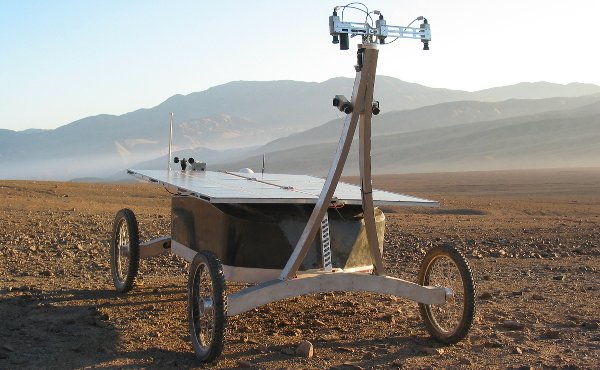Written byAaron Gronstal

Using the Atacama Desert in Chile as an analog site for Mars, astrobiologists have tested a laser Raman spectrometer in preparation for future robotic missions. The Mars Micro-beam Raman Spectrometer (MMRS) was placed on the Zoë rover and used to analyze drill samples from a depth of one meter below the surface. Data from the MMRS provided information about regional geology and biological activities. With further testing, MMRS could prove to be a useful instrument for inclusion on future space missions. Currently, three laser Raman spectrometers are included in the payloads for two Mars missions that are under development: the European ExoMars mission in 2018 and NASA’s Mars 2020 rover.
The paper, “Autonomous soil analysis by the Mars Micro-beam Raman Spectrometer (MMRS) on-board a rover in the Atacama Desert: a terrestrial test for planetary exploration,” was published in the Journal of Raman Spectroscopy. This work was supported by the Astrobiology Technology for Exploring Planets (ASTEP) element of the NASA Astrobiology Program.
